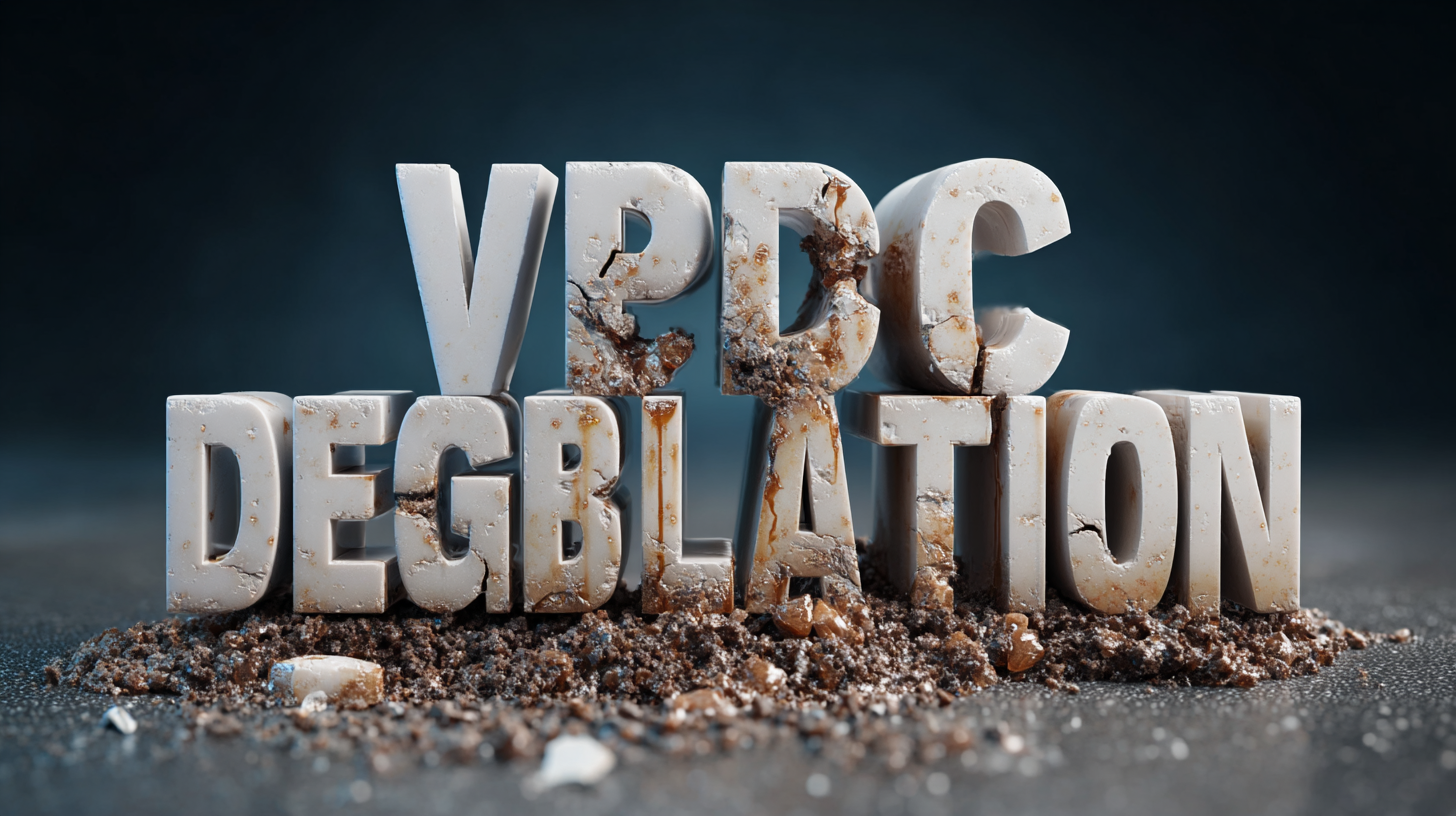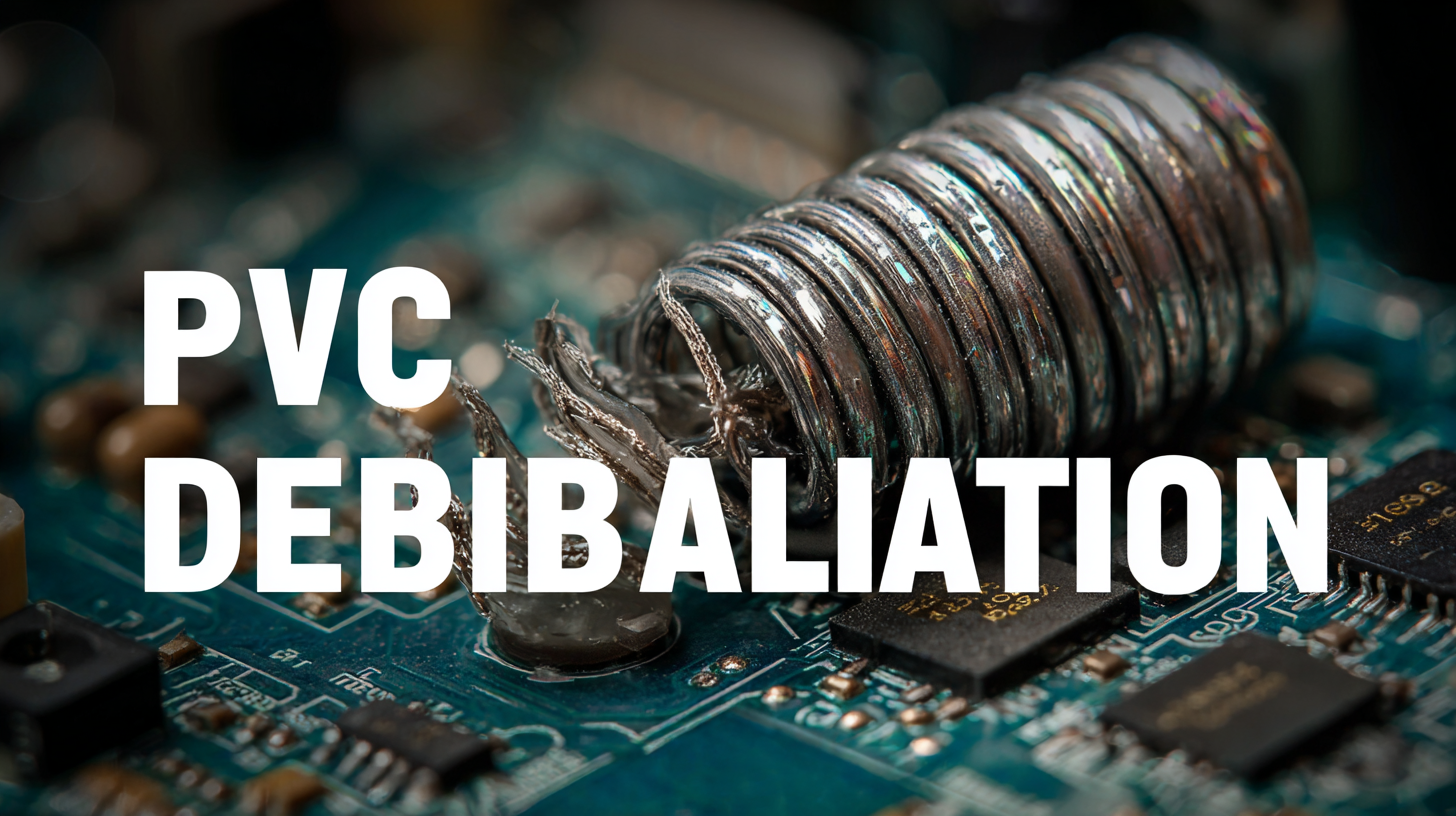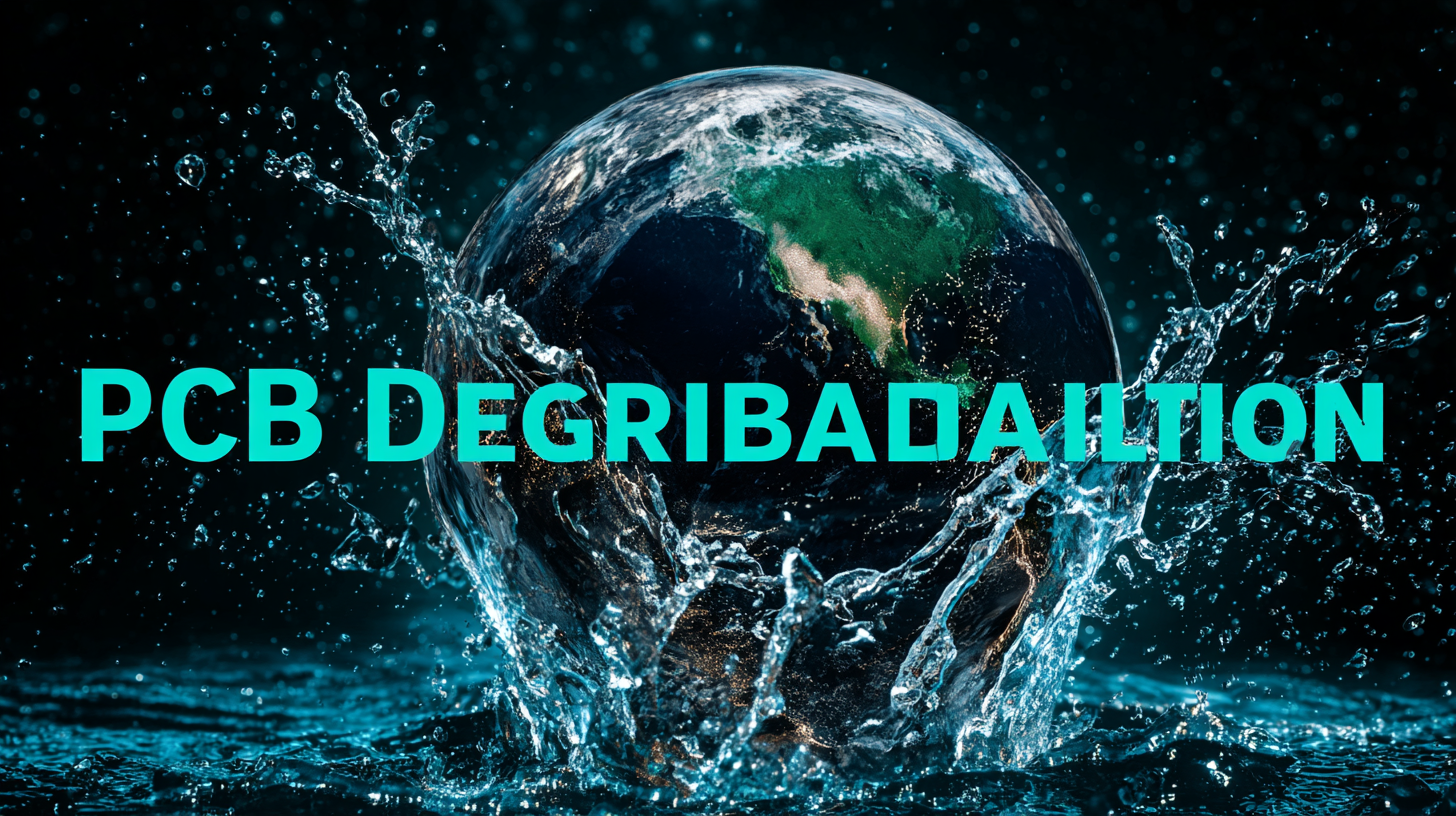
Ultimate Guide to Understanding the Best PVC Degradation and Stabilization Techniques for Global Sourcing
In the ever-evolving landscape of material science, understanding PVC degradation and stabilization techniques has become paramount for industries pursuing global sourcing solutions. According to a recent report by the Plastic Pollution Coalition, the global PVC production is projected to reach over 50 million metric tons by 2025, indicating a surge in demand that necessitates effective management of PVC lifecycle and environmental impact.

PVC, while versatile and widely utilized, faces significant challenges due to its susceptibility to degradation when exposed to heat, light, and various environmental factors. This highlights the critical need for strategic stabilization solutions aimed at enhancing the longevity and performance of PVC products. By examining cutting-edge methods to mitigate degradation, we can better address the pressing issues posed by global sourcing, ensuring sustainability and compliance with increasingly stringent regulations.
In this guide, we will explore the best practices in PVC degradation and stabilization, equipping industry professionals with the knowledge to make informed decisions in this vital area.
Understanding PVC Degradation: Key Factors and Mechanisms Impacting Stability
Polyvinyl chloride (PVC) is one of the most widely used plastics in the world, but its durability comes with challenges. Understanding PVC degradation is essential for optimizing its stability and longevity in various applications. Several key factors contribute to the degradation of PVC, including heat, UV radiation, and the presence of chemical additives. Each of these factors can lead to the breakdown of the polymer structure, resulting in discoloration, brittleness, and loss of mechanical properties.
The mechanisms behind PVC degradation often involve the breaking of chemical bonds within the polymer chain, which can occur during processing or over time due to environmental exposure. Thermal degradation, for instance, can be accelerated by high temperatures, while photodegradation primarily occurs when PVC products are exposed to sunlight. To combat these issues, stabilizers are added to PVC formulations to enhance its resistance against degradation. Understanding these stabilizing agents and their interaction with PVC can lead to better global sourcing strategies, ensuring the use of quality materials that enhance product performance and lifespan.
Evaluating Global PVC Stabilization Techniques: Standards and Best Practices
Evaluating global PVC stabilization techniques is crucial for ensuring the longevity and performance of PVC products across various applications. Recent industry reports indicate that in-use stability standards are becoming increasingly stringent, reflecting the need for reliable materials in sectors such as healthcare and construction. For example, a 2023 study by the International PVC Association highlighted that over 60% of manufacturers are seeking improved stabilization techniques to enhance the product lifecycle and reduce environmental impact.
As PVC applications continue to expand globally, understanding best practices in stabilization becomes essential. Techniques such as the use of calcium-zinc stabilizers have shown promising results, offering a more environmentally friendly alternative to traditional lead-based methods. Furthermore, a report from a leading materials research organization indicates that implementing robust quality control measures during the manufacturing process can lead to a 20% increase in the in-use stability of PVC products. Adopting these advanced practices not only aligns with international safety standards but also supports sustainability goals, paving the way for innovation in the PVC industry.
The Role of Additives: Enhancing PVC Longevity in Environmental Conditions
 Additives play a crucial role in enhancing the longevity of PVC products, particularly when exposed to diverse environmental conditions. PVC, while popular for its durability and versatility, is susceptible to degradation over time due to factors like UV exposure, heat, and moisture. By incorporating specific additives, manufacturers can significantly improve the stability and lifespan of PVC materials. For example, UV stabilizers help shield the polymer chains from the damaging effects of ultraviolet radiation, while thermal stabilizers reduce the risk of thermal degradation during processing and in service.
Additives play a crucial role in enhancing the longevity of PVC products, particularly when exposed to diverse environmental conditions. PVC, while popular for its durability and versatility, is susceptible to degradation over time due to factors like UV exposure, heat, and moisture. By incorporating specific additives, manufacturers can significantly improve the stability and lifespan of PVC materials. For example, UV stabilizers help shield the polymer chains from the damaging effects of ultraviolet radiation, while thermal stabilizers reduce the risk of thermal degradation during processing and in service.
In addition to stabilizers, other additives such as plasticizers and fillers can further enhance the performance of PVC. Plasticizers improve flexibility and reduce brittleness, which is especially beneficial for applications requiring pliability. Fillers not only contribute to cost-effectiveness but also improve strength and resistance to impacts. When selecting the right combination of additives, it’s essential to consider the specific environmental conditions the PVC will face, ensuring that the final product can withstand challenges like temperature fluctuations and moisture exposure without compromising its integrity. These strategies ultimately lead to longer-lasting PVC solutions that can meet the demands of global sourcing.
International PVC Trade Certifications: Compliance and Market Access Challenges
Navigating the complex landscape of international PVC trade requires a comprehensive understanding of compliance certifications and the challenges they present in market access. Regulatory frameworks vary widely across regions, making it crucial for manufacturers to obtain relevant certifications that align with local standards. According to a recent report, over 60% of PVC producers face obstacles related to certification requirements, which can stall export processes and limit their competitive edge in emerging markets.
Furthermore, consumer awareness about sustainability is increasingly influencing industry standards. A significant 72% of consumers are more likely to choose products that are certified for environmental compliance. This shift in consumer preference underscores the need for PVC manufacturers to not only meet compliance standards but also to transparently communicate their sustainability practices. A failure to do so could mean losing market share in an industry that is progressively leaning towards responsible sourcing and eco-friendly products. As global demands evolve, effective navigation of these compliance landscapes will be essential for sustainable growth in the PVC sector.

Emerging Trends in PVC Recycling: Sustainability and Global Economic Impact
As the world pivots towards sustainability, the focus on PVC (polyvinyl chloride) recycling has intensified, highlighting its critical role in reducing plastic waste. Emerging trends in PVC recycling are not only vital for environmental conservation but also for stimulating economic growth globally. Innovative recycling techniques are being developed to convert post-consumer PVC products back into high-quality materials, enabling a circular economy. Companies are increasingly investing in new technologies that facilitate the recycling process, significantly lowering costs and increasing efficiency.
These advancements in PVC recycling present profound implications for global sourcing strategies. As businesses seek to align with sustainable practices, they are recognizing the potential for recycled PVC to meet production demands while minimizing environmental impact. The integration of recycled materials into supply chains not only enhances brand reputation but also aligns companies with consumer desires for eco-friendly products. Furthermore, the economic impact of widespread PVC recycling could lead to job creation within the recycling sector, bolstering local economies. Embracing these emerging trends is essential for businesses aiming to thrive in an increasingly eco-conscious marketplace.
Ultimate Guide to Understanding the Best PVC Degradation and Stabilization Techniques for Global Sourcing - Emerging Trends in PVC Recycling: Sustainability and Global Economic Impact
| Technique | Description | Environmental Impact | Economic Implications | Year of Adoption |
|---|---|---|---|---|
| Heat Stabilization | Uses heat stabilizers to prevent degradation during processing. | Reduces toxic emissions during production. | Increases production efficiency and lifecycle. | 2000 |
| Mechanical Recycling | Involves shredding and reprocessing PVC waste into new products. | Conserves resources and reduces landfill waste. | Creates jobs and stimulates local economies, though may have high initial setup costs. | 2010 |
| Chemical Recycling | Breaks down PVC polymers into their chemical components for reuse. | Potentially closed-loop recycling, lessening environmental footprint. | Can be cost-effective in the long term but may require advanced technology. | 2015 |
| Additive Stabilization | Incorporates stabilizers into the material composition to prolong life. | Minimizes toxic leaching and enhances product durability. | Can reduce long-term costs through decreased waste management. | 2018 |
| Biosolutions | Utilizes biological agents to assist in degradation and recycling. | Promotes a circular economy approach. | Innovation potential may draw new investments. | 2021 |

